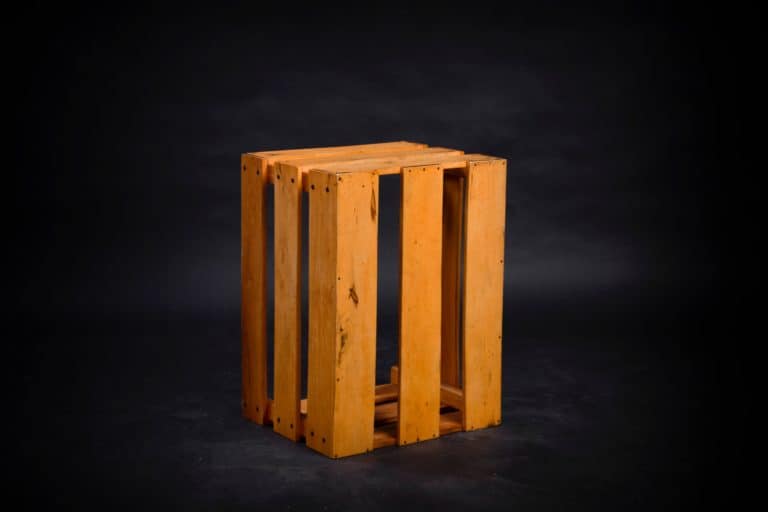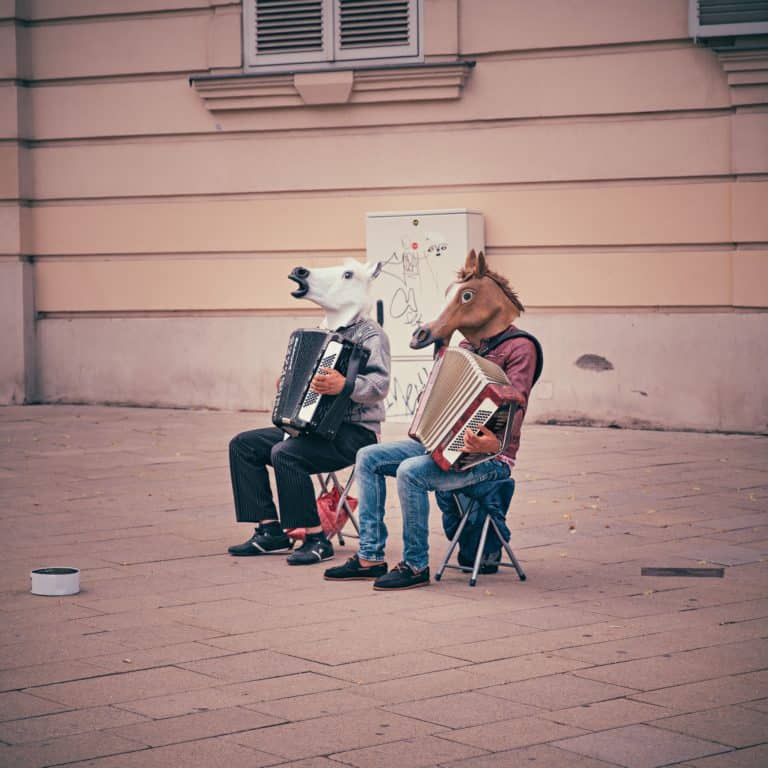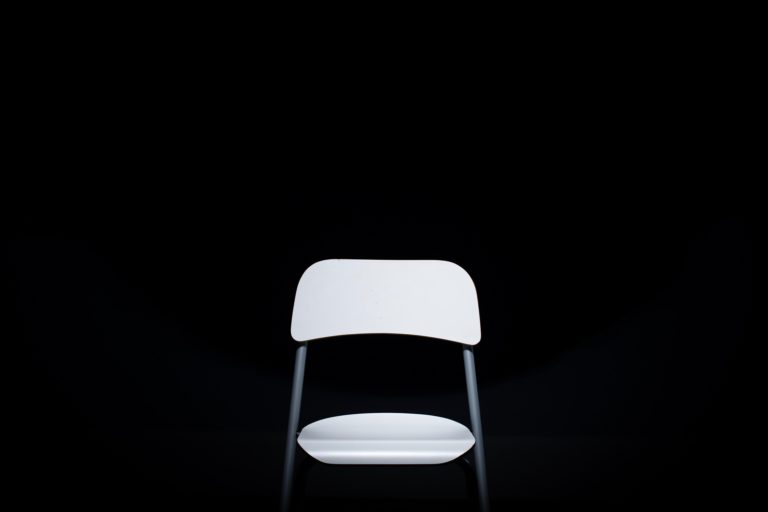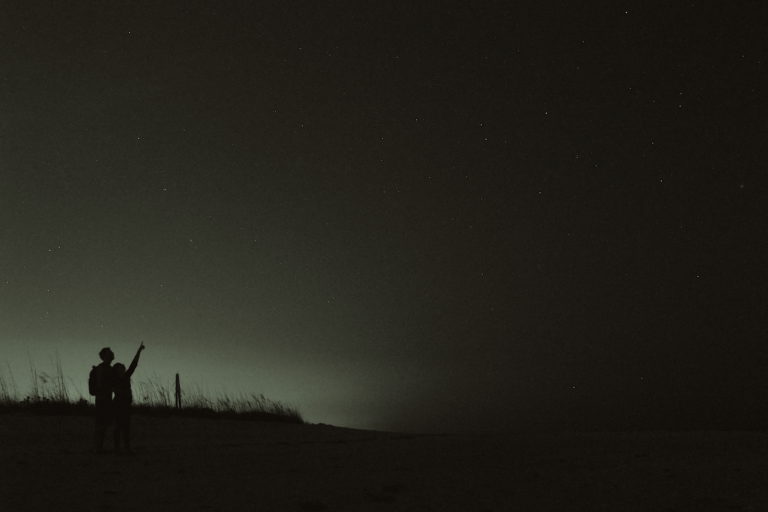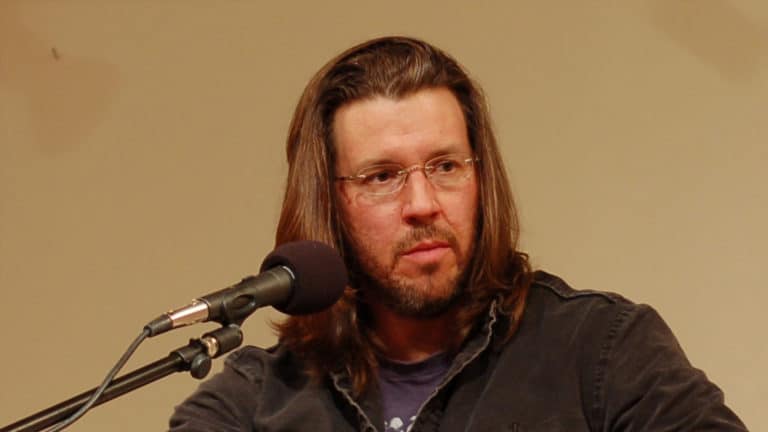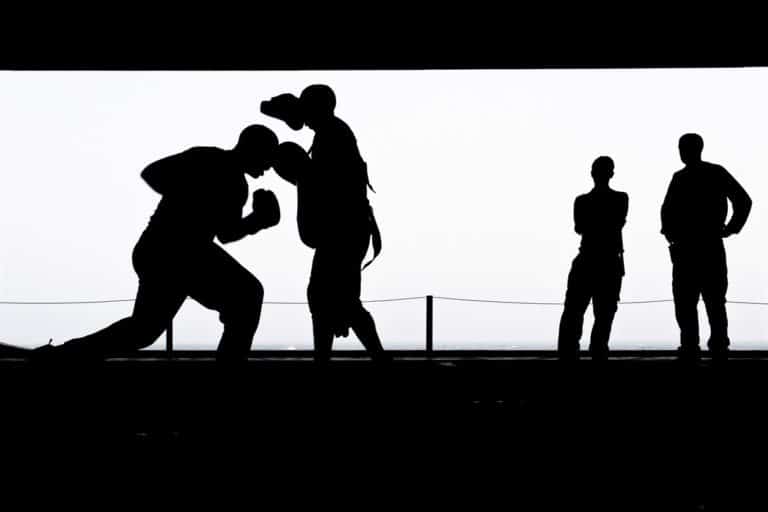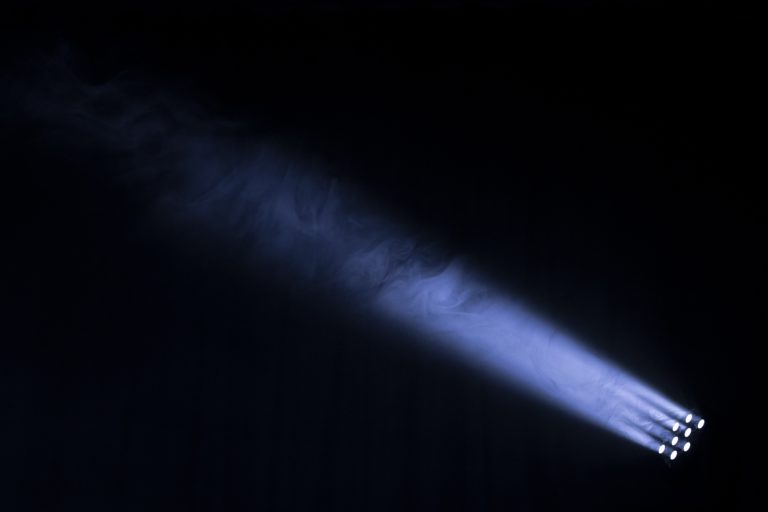I didn’t discover serious graphic novels until my early twenties, and—as much as I enjoy them now—the form is freighted for me with envy and regret. I always wanted to be a writer, but the truth is that, as a kid, I wanted equally to be a visual artist. Graphic novels might have been a natural fit for me, if only my second career as an artist had not died of shame when I was thirteen.
I was never an exceptional drawer, but, like Sammy Clay in Michael Chabon’s The Amazing Adventures of Kavalier and Clay, I was “an enterprising thief.” In my late-childhood throes of infatuation with comic books, my own so-called artwork was nothing but painstaking plagiarisms of my favorite illustrations; the hulking, kinetic musculature that I borrowed from back issues of Daredevil, The Amazing Spider-Man, Uncanny X-Men. With the encouragement of my parents, I took my imitations to comic book conventions, where I could usually ribbon in the ten-to-twelve age bracket.
Just after my thirteenth birthday, I was presented with an opportunity for my first great artistic leap. Keith, the oleaginous, shaggy manager of Atomic Age – the comic book store where I spent so many of my afternoons – told me that he had decided to host an art contest in the store. Though Keith had never seen my clumsy, Crayola marker imitations, I had given him an earful about my many convention awards and he encouraged me to enter.
“Is there a thirteen-year-olds category?”
“A thirteen-year-olds category!” Keith snorted. “What does the next Jack Kirby need to beat more thirteen-year-olds for?”
In a contest with older teenagers—quite possibly with adults—I knew I couldn’t compete, but after all my grand claims to Keith I felt I had no choice. Over my bedroom desk, I tacked the famous Goethe quote, printed on the front of a card my parents had given me with my birthday presents: “Be bold and mighty forces will come to your aid.” After a few days of fretful consideration, I struck upon the amateur, striver’s solution: I would do something unusual with the form that would distract from my hackishnesss (a similar instinct would, a few years later, inspire me to write short stories from the perspectives of dogs, kitchen tables, Greek deities). I commenced, as usual, to produce a careful facsimile of a beloved comic book image: a wonderfully menacing full-panel illustration of Venom—his serpentine tongue wagging, his claws poised in attack—from the pages of The Amazing Spider-Man. And my gesture toward originality was this: to capture the assaultive, three-dimensionality of Venom’s pounce, I decided to make it actually three-dimensional. I had done my copying on cardstock, which I cut into little pieces, then rigged together with paperclips and Scotch tape to create an odd sort of sculpture; Venom, deconstructed into seven or eight layers, literally jumping out at the viewer. I took my wonky decoupage to Atomic Age and put it on the competition shelf.
I visited my Venom every day leading up to the judging, and each day was more demoralizing than the last. Looking upon that competition shelf, I received my first good lesson in artistic shame. Accumulating around my crude, childish copy was the work of actual artists. Not only Spider-Men, Spawns, and Batmen rendered in styles both disturbingly artful and gallingly original, but also invented superheroes, soaring over intricately detailed worlds: ruin-fanged apocalypses, extraterrestrial cities, our own hot and horizontal Dallas suburb. All that kept me from pulling my work out of consideration was the deeper shame of admitting to my parents and to Keith that I was a quitter. I looked at my clunky, blotchy failure for a long while, waiting for some last-minute lighting bolt of inspiration. And sure enough, just as I had always imagined was true of artists, when I most needed inspiration it struck me. When no one was looking, I reached up to Venom, plucked away his right arm, crumpled it and threw it into the trash.
“It was defaced!” I wailed, ten minutes later, as I climbed into our minivan. “Someone defaced it!”
“Probably because they knew you would win,” my mother suggested. She had not seen my competition.
“Probably,” I said.
To spare myself the shame of my loss, I had disqualified my work, and not just that day. My Venom might have been a poor, kiddy trifle, but it was still the best artwork I’d ever made, and I destroyed it. And there, in the months that followed, was another lesson in artistic shame: it has gravity on its side. If you don’t keep one foot on the brakes, shame can take on its own runaway velocity. By fourteen, I had more or less stopped drawing altogether.
Artists (and writers, I think, especially) suffer shame in many forms: that we don’t have the necessary skills or gifts, that our own cramped perspectives could not possibly be meaningful to anyone else, that our stories aren’t worth telling. If there is one kindness we can do for ourselves, I think, it is to stop feeling ashamed about our shame. Over the nearly twenty years since that afternoon at Atomic Age, I’ve come to see that shame is Shiva-like, both a destroyer and a creator.
Shame, after all, is meticulous and creative; it is the fear of public shame that drives one to revise draft after draft, trying to find the better, more artful way to tell a story. But shame is more than our best tool. For most artists, it’s constitutional. Shame is self-awareness and empathy gone neurotic. It is an effect of our perception of how others perceive us, and it’s hard to imagine a good artist who is not very aware of how he is coming across. Shame is also, I suspect, a major reason people want to become artists in the first place: to dispel or at least compensate for our failures to fit in the world in the way others seem so easily to fit.
In my life as a writer, the impulse that dismembered my Venom has become very familiar to me. I have wanted, many times, to tear the limbs off of something I’ve already published. But publishing my work – fixing it in digital or paper permanence that forbids retroactive destruction – has taught me a lesson that I would like to tell that thirteen-year-old. The trick to managing shame, or at least my trick, is a kind of shame/faith balancing act: to see my present insufficiencies clearly but also to distance myself from them with a faith in the better, confident, competent artist I could someday be. And the more I get to know other artists, the more I believe that what we see as a body of work is often just a string of hopeful failures: some striver’s best, faltering attempts to become the artist he or she might one day be.





